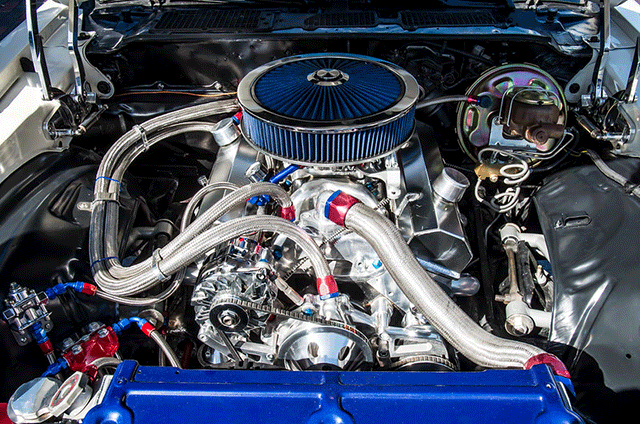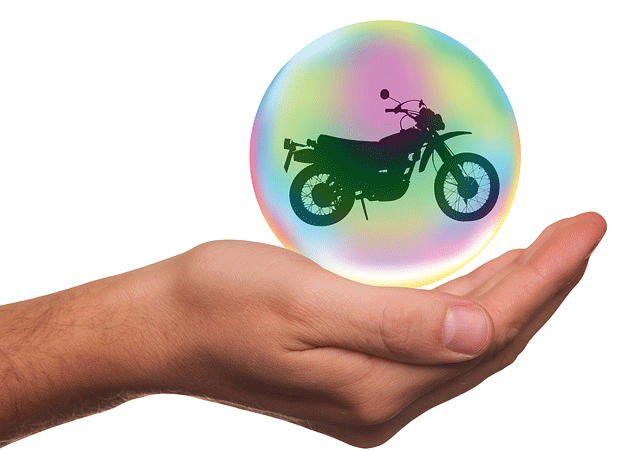
The primary function of a fuel system on your car is to store fuel and supply it to the cylinder chamber. Here, the fuel is mixed with air, then it’s burned by the engine to vaporize and provide energy. Automotive fuel could be either diesel or gasoline.
Different cars have different types of fuel systems. However, all fuel systems function in the same way by supplying fuel to the combustion cylinder and controlling the amount supplied based on the amount of air.
Below are the types of automotive fuel systems available:
Table of Contents
Throttle-Body or Single Point Injection
This is the oldest and easiest fuel injection system. A throttle-body injector replaced the carburetor with either one or two nozzles for fuel injection in the throttle body. This is considered the throat of the engine as it’s the manifold for air intake.
Some manufacturers take advantage of the single-point injection because it’s a better alternative to other, more complicated multipoint fuel systems. However, it’s not as precise and accurate as other automotive fuel systems. But, the TBI system is easier to maintain and service; it’s cheaper, and it measures the fuel at a more controlled rate than a carburetor.
Multipoint or Port Fuel Injector
Port fuel injection allocates each cylinder its own injector nozzle outside the port’s intake. For this reason, this fuel system is called the port injection. The main objective of firing the fuel vapor very close in the multipoint injector system is to ensure that almost all the steam is drawn into the cylinder completely.
One of the essential advantages of a multipoint fuel injector (MPFI) is that it meters the fuel more accurately and precisely than a TBI design. This ensures that the desired fuel-air ratio is achieved and all related aspects are improved. Additionally, it virtually reduces the chances of the fuel collecting in the intake manifold or condensing.
However, carburetors and TBI systems require the fuel intake manifold design to conduct all the heat from the engine. This turns the liquid fuel into vapor. However, MPFI systems don’t need all this process; hence the engine’s intake manifold is often created using lightweight materials such as plastic.
Sequential Fuel Injection
This type of system is also known as timed injection or sequential port fuel injection (SPFI). SPFI is a type of multiport injector system that uses multiple injectors separately. Unlike MPFI that often uses multiple injectors to spray the fuel in groups or simultaneously, SPFI often triggers each injector independently.
Using an MPFI system may result in the fuel staying around the port for around 150 milliseconds during engine idling periods. While this may not seem like a big issue, the SPFI system was created to correct that same problem. If you’re looking for the best fuel kit for your car, check out this fuel kit.
Now You Know the Different Fuel Systems
There are many different types of fuel systems in the market today. However, understanding the difference between each and knowing its advantages and disadvantages is the key to avoiding fuel system issues.
Did you like this article? Check out other posts on our site for more informative tips.













